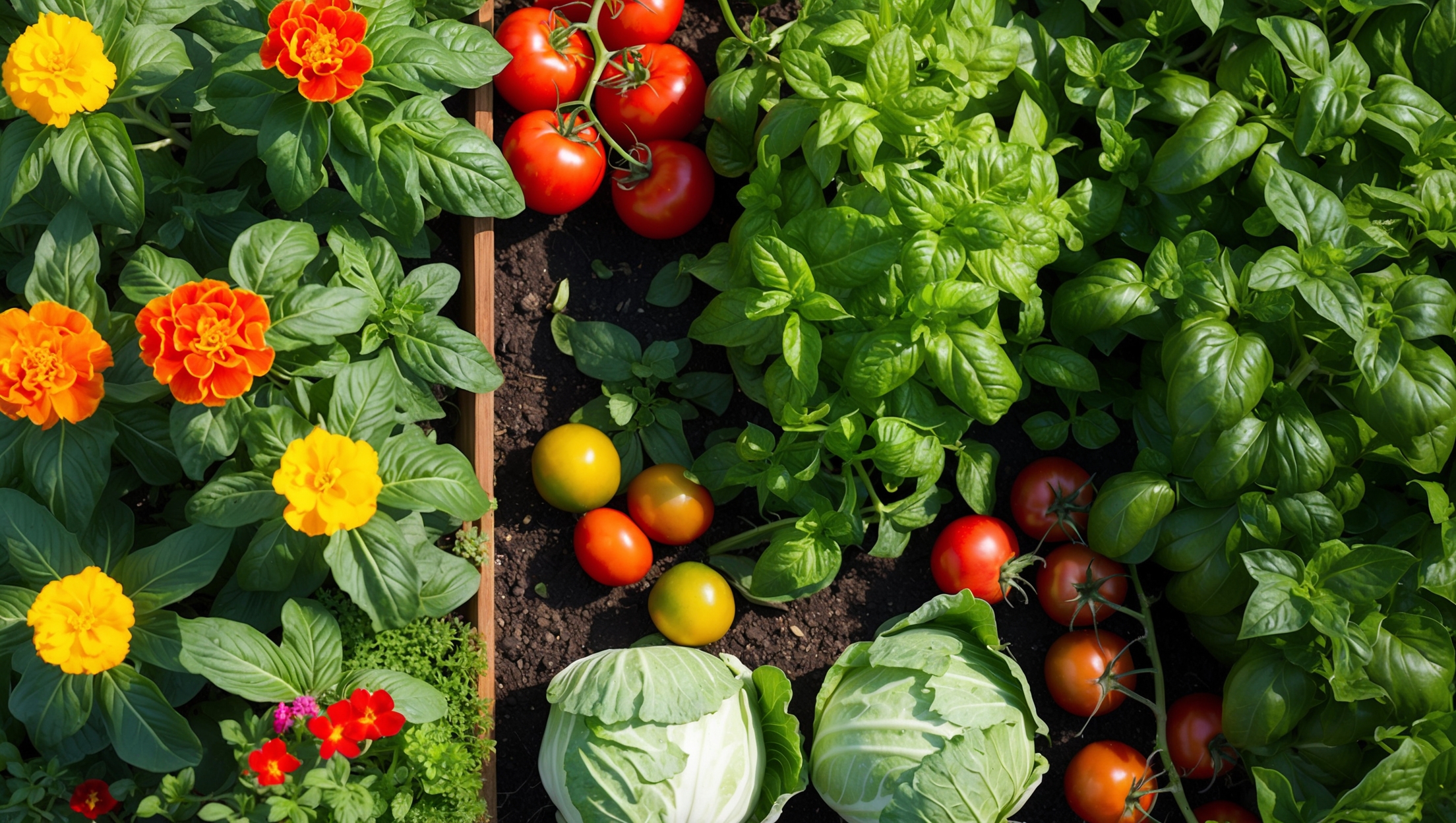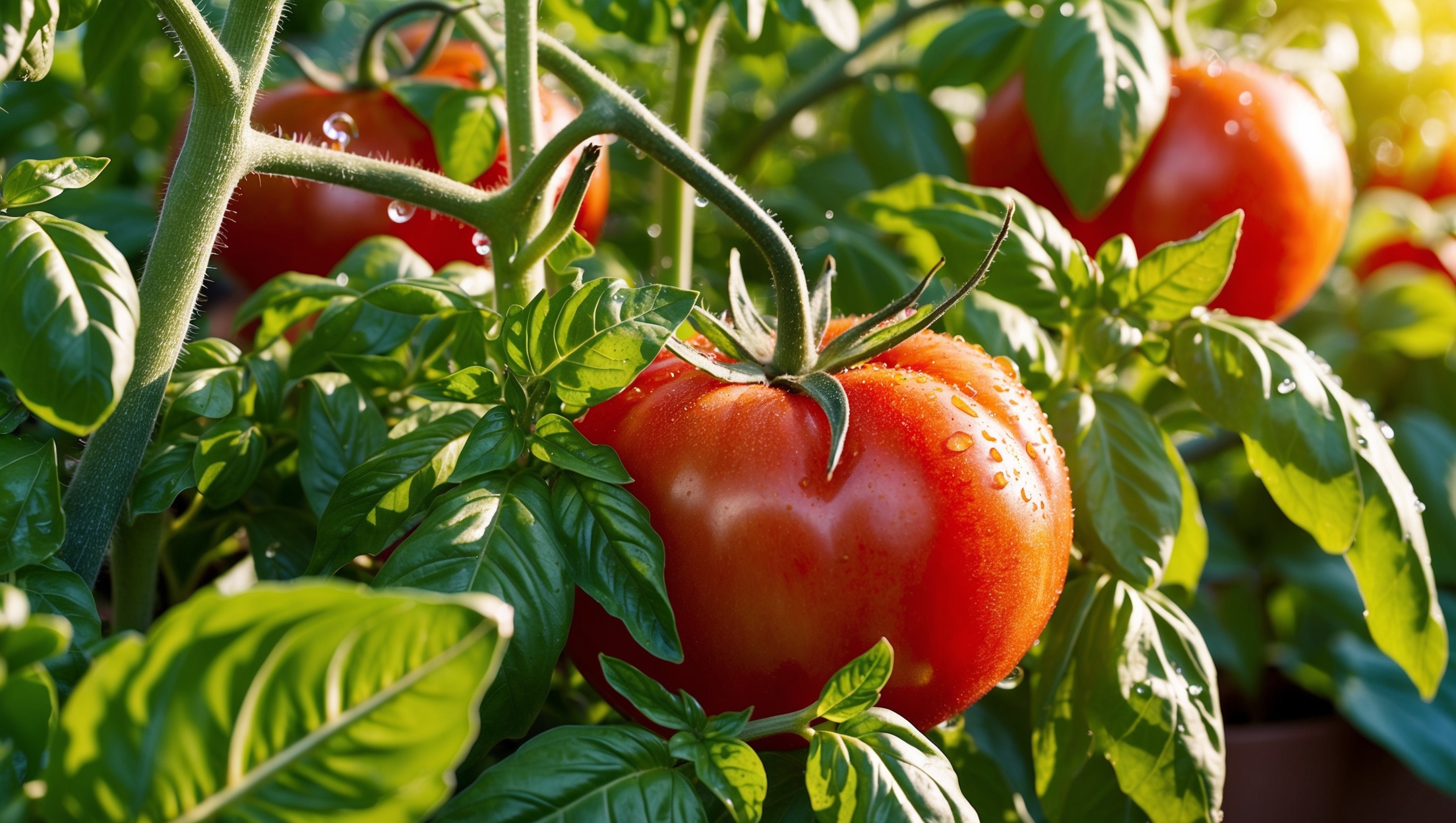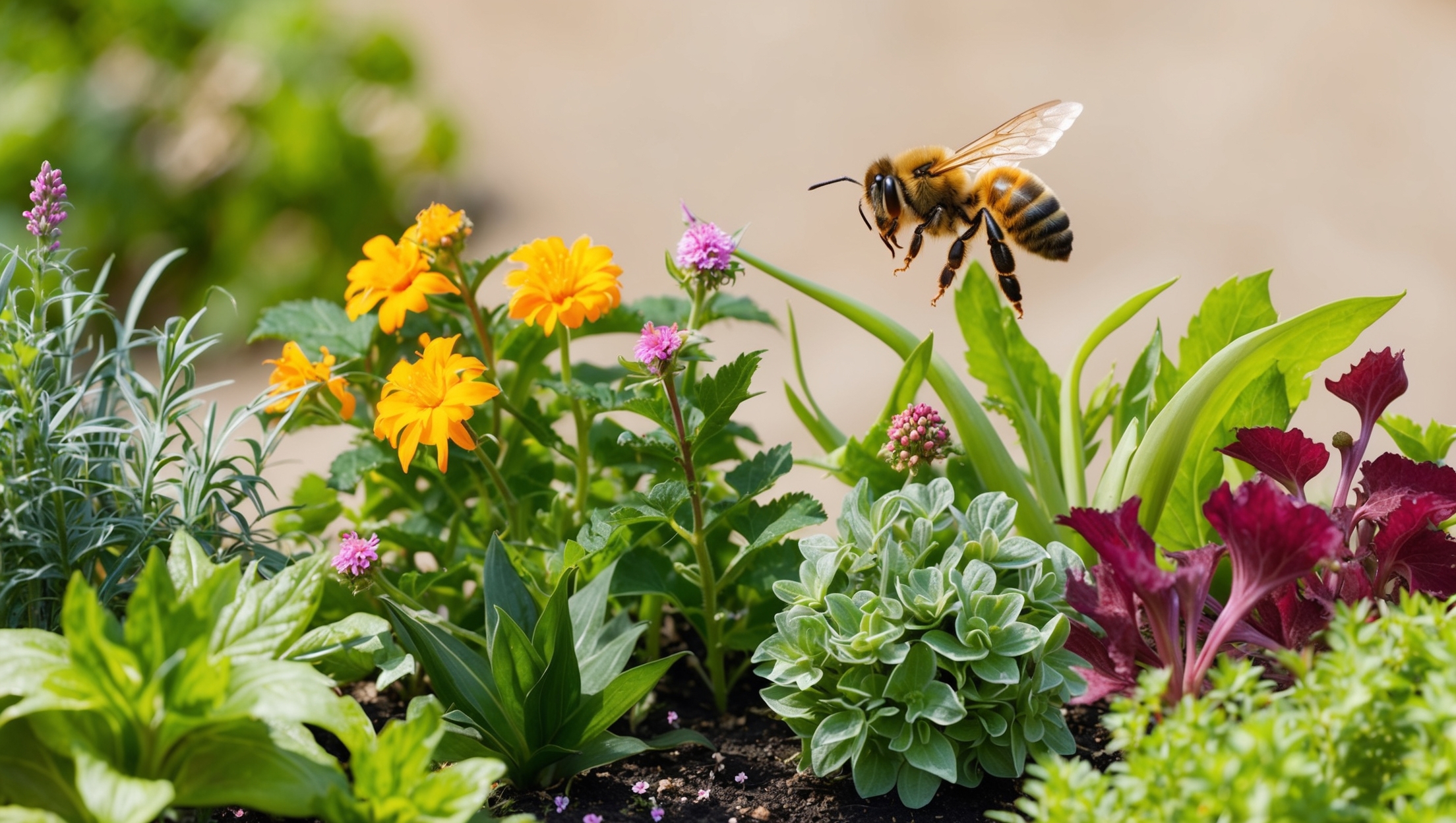The Hidden Magic of Companion Planting: Nurturing Nature's Friendships
Ah, the garden—the perfect blend of tranquility and a sneaky pride moment when you realize your basil didn’t just barely survive, it thrived! But before we dive into that rabbit hole, let’s talk about a little gardening hack that has big-time benefits: companion planting. Being a fan of nature’s team efforts, I have to say, this practice is the gardening equivalent of setting up a wonderful dinner party where everyone just clicks.
What is Companion Planting?
Companion planting is the art of growing different plants together for their mutual benefit. Imagine roses partnered strategically with garlic to fend off pesky aphids—sounds like love at first sight for any garden enthusiast, right? These clever alliances can improve plant growth, attract beneficial insects, and even enhance flavors. Think of it as playing matchmaker, but less awkwardly than trying to set up your friends.

The Dream Teams of Your Garden
Let’s delve into some dynamic duos and thunderous threesomes (of plants) that are sure to bring your garden to life:
Tomato & Basil: An Italian romance if ever there was one! Basil helps deter flies and mosquitoes while making tomatoes taste sweeter. Plus, you can’t deny their kitchen chemistry.
Carrot & Onion: This pair keeps pests on their toes—onions drive away carrot flies, making them a perfect protective shield.
Cabbage & Nasturtium: Want to keep cabbage moths at bay? Nasturtiums not only add a splash of color but attract the moths away from your precious cabbages.

Tips for Successful Companion Planting
Research is Key: Before jumping in, ensure you know which plants work well together. Some partnerships are as mismatched as socks with sandals—avert disappointment by planning ahead.
Space Considerations: Like every great relationship, space and boundaries matter. Make sure plants have enough room to grow without infringing on each other’s personal space.
Observation: Don’t just wing it; observe how your garden thrives. If a pair isn’t quite hitting it off, it’s okay to intervene gently and find better-suited pals.
The Eco-Friendly Bonus
Beyond setting yourself up for a more productive garden, companion planting enhances biodiversity. It attracts pollinators and natural enemies of pests, reducing the need for chemicals. Talk about being kind to your garden and the planet!

In conclusion, whether you’re a seasoned gardener or an enthusiastic newbie, companion planting offers a fresh, rewarding pathway to a flourishing garden. Dive into nature’s nudge and enjoy the symphony of plant friendships—all you need is a little knowledge and a touch of experimentation. And remember, even if some combinations don’t work out, there’s always next season to play Cupid again in your green paradise!